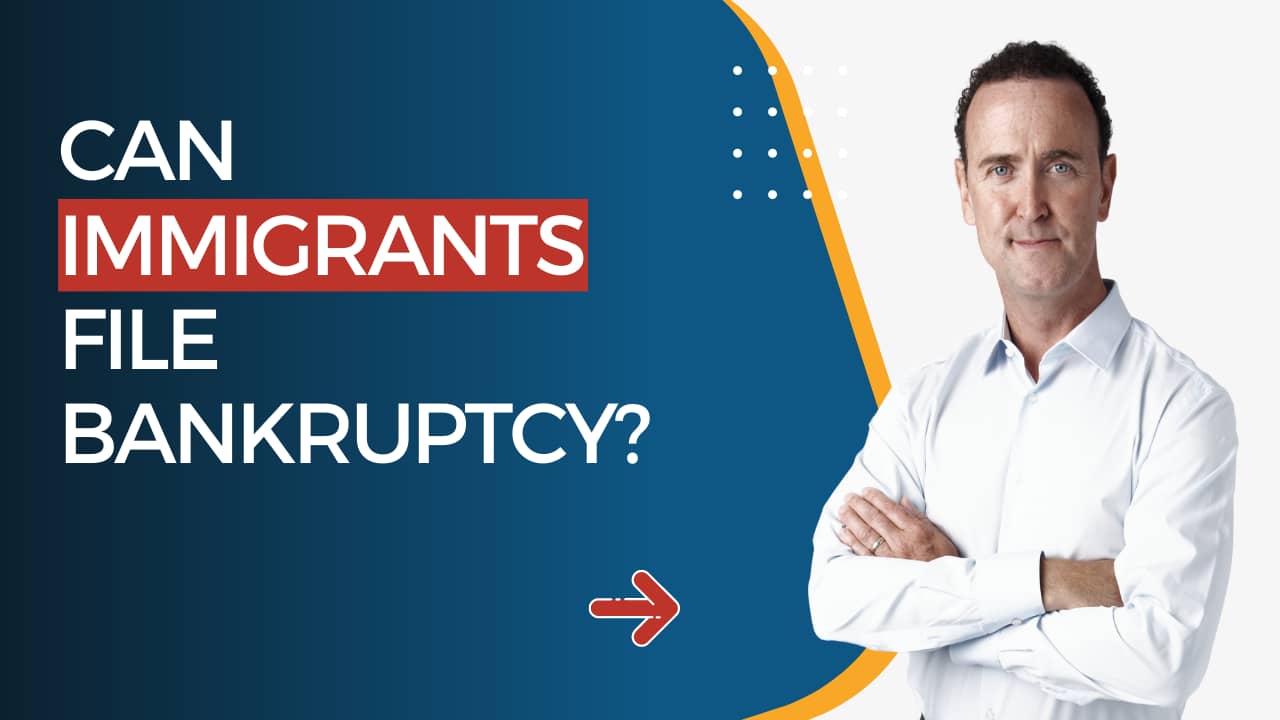While filing bankruptcy can help you erase many different types of debts, you could still end up losing any property that serves as loan collateral. The reason for this is that your bankruptcy discharge doesn’t remove liens.
To remove a lien, it must qualify for removal, and you must file a motion or lawsuit asking for its release. The success of your request will depend on the type of lien, when you bought the property and its market value, whether you can protect the equity in the property with an exemption, and whether you’re filing Chapter 7 or Chapter 13 bankruptcy.
How do liens work in bankruptcy?
A lien gives your creditor the legal right to claim your asset, sell it, and use the proceeds to pay down your debt. In some cases, you have agreed to the lien (you got a mortgage or a car loan), but not in every case, which matters in terms of how the bankruptcy court treats them. For example, the only type of lien you can get rid of in Chapter 7 bankruptcy is a judgment lien – not a voluntary or statutory lien.
Types of liens
- Voluntary liens. Your lender requires you to put up your house or car as collateral in exchange for giving you the loan. The lien allows them to foreclose or repossess the property if you fail to pay.
- Involuntary statutory liens. This is the type of lien you didn’t sign up for, such as a tax lien.
- Involuntary judgment lien. This type of lien is created when your creditor sues you for an unpaid debt and ends up with a financial judgment against you.
In order for the lien to be valid, the creditor must “perfect” the lien by filing documents with the appropriate government entity.
Lien Avoidance: Chapter 7 Edition
There is nothing automatic about stripping liens in Chapter 7 bankruptcy. The lien must qualify for avoidance, and you need to file a motion with the court that results in a court order. The lien must also “impair” your ability to protect property with an exemption.
Stacking Exemptions
To facilitate the debtor’s fresh start, the Bankruptcy Code authorizes a debtor to claim certain property as exempt, which removes the property from the bankruptcy estate, putting it beyond the reach of creditors. The exemptions are liberally applied, and debtors may “stack” exemptions to protect any property in which they have an ownership interest, whether real or personal.
In a recent case involving a dry cleaner, Dunne Law Offices stacked three exemptions together to exempt (protect) 100% of our client’s ownership interest in his tools of the trade:
$12,575.00 – 11 U.S.C. § 522(d)(1) – Unused amount of Residency Exemption
$1,325.00 – 11 U.S.C. § 522(d)(5) – Wildcard Exemption
$2,525.00 – 11 U.S.C. § 522(d)(6)- Tools of the Trade
————-
$16,425.00
In this situation, the lien was impairing the dry cleaner’s $16,425.00 exemption, and the Bankruptcy Code allowed the avoidance (elimination) of the judicial lien, which impaired the debtor’s properly stacked exemption.
Liens you might be able to strip in Chapter 7 include involuntary judgment liens, and non-possessory liens on household goods and furnishings, clothing, jewelry, and tools of your trade.
You cannot avoid tax liens or mortgage liens in Chapter 7 bankruptcy.
Lien Avoidance: Chapter 13 Edition
There are two ways to avoid liens in Chapter 13 bankruptcy – through cramdown, or stripping.
Lien Cramdown
You may be able to reduce the balance owed on some liens via cramdown, which reduces your loan balance to the value of the collateral.
Downsides include:
- You can’t use a cramdown on your principal residence
- You must have owned your car for at least 910 days
- You have to pay off the entire cramdown amount in your bankruptcy repayment plan.
Lien Stripping
Even though you can’t cram down your mortgage amount on your home, Chapter 13 can still help you lower your overall payments by stripping off an unsecured second mortgage or other junior lien on your house.
The liens can be declared unsecured if your home does not have enough value to cover your first mortgage. If the court allows this declaration, the loan amounts will get included in your Chapter 13 repayment plan. Once you complete your plan and the court grants your discharge, the creditor must remove their lien from the property, and you will be left with only your first mortgage to maintain.
Understanding liens in bankruptcy can get complicated.
It’s important to talk to an experienced bankruptcy lawyer to help understand all the nuances associated with removing liens in a bankruptcy case. It’s free to chat with me about your options – you can call or text me at 215.551.7109, or drop me a line.









